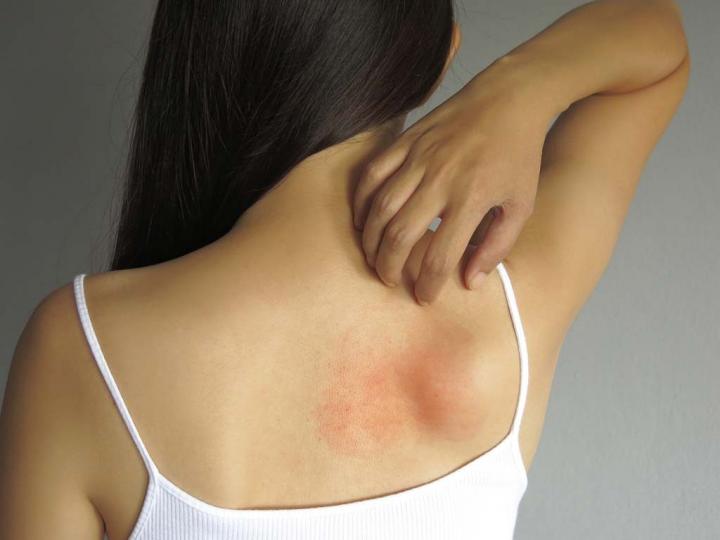
Allergic dermatitis is a disease of the epidermis, characterized by inflammation of the skin due to contact with external irritants (allergens). The disease is not infectious and therefore cannot be transmitted from person to person. Dermatitis is the most common skin condition affecting people regardless of gender and age. In some cases, the disease becomes a serious cosmetic and medical problem due to large areas of skin lesions and the occurrence of unpleasant symptoms - itching, burning, cracks in the skin, etc.
There are two main factors that provoke the development of the disease: the ingress of an allergen into the human blood or contact with an external irritant. In accordance with this, doctors distinguish several forms of dermatitis, with their inherent symptoms and causes of occurrence - atopic, seborrheic, contact.
Symptoms
The severity of the clinical picture of the disease directly depends on the form of dermatitis, the cause of its occurrence, etc.
When in contact with an unfavorable factor, skin inflammation occurs in the place where there was contact with the irritant. With the spread of allergenic substances through the blood, dermatitis can occur on any part of the human skin.
Symptoms of the disease, in accordance with the type of allergic dermatitis:
Causes
Allergic dermatitis occurs under two circumstances: in the presence of a negative reaction of immunity to certain substances and the effect of these substances on the human body. However, in order for the immune system to develop hypersensitivity to the stimulus, special conditions are necessary.
So, for the appearance of a reaction, preliminary contact with the allergen is necessary. With this effect, the immune system acquires a special sensitivity and begins to fight against a foreign substance. From this, manifestations of allergic dermatitis arise.
The leading role in the formation of an allergic reaction is played by heredity. If both parents have a history of allergies, the probability of an allergic reaction in a child is over 80%. Factors provoking allergic dermatitis:
Diagnostics
If a rash, redness or other manifestation of an allergic reaction occurs on the skin, you should seek the advice of a qualified specialist. At the initial examination, the doctor details the patient's complaints, examines the damaged areas of the skin and collects an anamnesis. During the conversation, the specialist determines the presence or absence of factors provoking the onset of allergies (for example, the presence of allergies in close relatives or work with harmful substances).
The main task of a specialist is to confirm the allergic nature of skin inflammation, identify allergens and select the most appropriate treatment for relieving symptoms and preventing relapse. For this, the patient is sent to undergo the following examinations:
Treatment
After the diagnosis, the patient is issued a conclusion, which indicates all common allergens and the degree of sensitivity to them. To prevent the development of allergic reactions, a person must avoid contact with these substances. To relieve the symptoms of acute allergic dermatitis, the patient is prescribed:
Leave a Comment